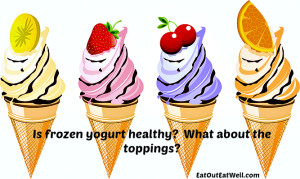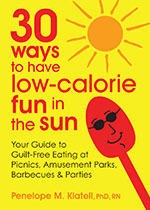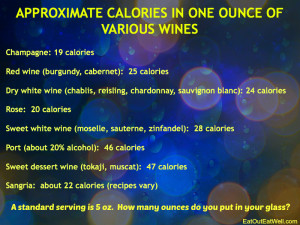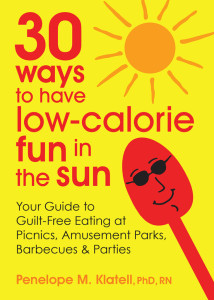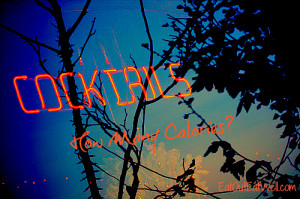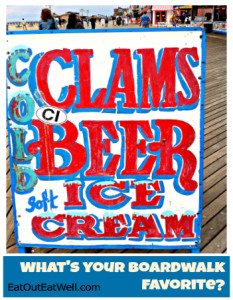 Cotton candy or funnel cake? Corn dog or fried clams? The food of summer. What do you usually eat beachside or after the roller coaster?
Cotton candy or funnel cake? Corn dog or fried clams? The food of summer. What do you usually eat beachside or after the roller coaster?
Oh, the choices! Oh the calories! How can you possibly not chow down on thousands of calories when there are food vendors about every 20 feet hawking dogs, ice cream, and fried everything?
There Are Ways And Then There Are Ways
If you’ve got a will of iron you could ignore the food and drinks. But if you’re tempted at every turn, try to minimize the damage without taking away the fun. If you know you’re going to be having a stadium or boardwalk meal, do some thinking, planning, and sleuthing. The best choices are not always the obvious ones. If you always eat fried clams at the beach or cotton candy at the fair or ballpark, plan for it, have it, and enjoy it.
But give the total picture some thought. Do you need both peanuts and popcorn? Can you make do with a regular hot dog instead of a foot-long? Can you keep it to one or two beers instead of three? Can you choose the small popcorn instead of the jumbo tub? Can you ditch the soda — or maybe the second one — and replace it with water?
Make Your Best Choice To Save A Few Calories
It’s all about choices. Just make the best choice (which isn’t necessarily the best nutritional choice) and still enjoy traditional boardwalk and amusement park food. It’s really possible to make some reasonable choices that scream boardwalk or amusement park – and yet still aren’t a caloric disaster. Weigh your options – what do you want to do and what’s your best choice?
Use Some Of These Facts As Guidelines:
- Cotton Candy: Nothing but heated and colored sugar that’s spun into threads with added air. Cotton candy on a stick or wrapped around a paper cone (about an ounce) has around 105 calories; a 2oz. bag (common size) has 210. A lot of sugar, but not a lot of calories – albeit empty ones.
- Funnel cake: The fried dough wonder and staple of fairs, boardwalks, and amusement parks, funnel cake is made by pouring dough through a funnel into cooking oil and deep frying the “funnels” of dough until they’re golden-brown and crispy – then topping the pieces with powdered sugar, syrup, or honey. Different cultures have varying versions of fried dough – sometimes it’s long strips and sometimes just round fried balls of dough. The calories vary enormously depending on the quantity and toppings. Just remember, regardless of the shape, they’re all dough fried in oil topped with a sweetener. That means high calories and low nutrition. You probably have to figure a minimum of around 300 calories for a 6 inch funnel cake (do they ever come that small?). Onward and upward from there!
- Good Humor Ice Cream: Strawberry Shortcake Ice Cream Bar (83g): 230 calories; Toasted Almond (113g): 240 calories; Candy Center Crunch: 310 calories; Low Fat Ice Cream Sandwich, vanilla: 130 calories
- Cracker Jack (officially cracker jack, not jacks): candy-coated popcorn with some peanuts. A 3.5oz stadium size box has 420 calories but it does have 7g of protein and 3.5g of fiber.
- Hamburger: 6oz. of food stand beef (they’re not using extra lean – the more fat, the juicier it is) on a bun has about 490 calories — without cheese or other toppings — which up the ante.
- Grilled Chicken Sandwich, 6oz.: 280 calories – not a bad choice. 6oz. of chicken tenders clock in at 446 calories. Barbecue dipping sauce adds 30 calories a tablespoon.
- Hot Dog: Most sold-out baseball
- stadiums can sell 16,000 hot dogs a day. A regular hot dog with mustard has about 290 calories: that’s 180 for the 2oz. dog, 110 for the bun, zilch for regular yellow mustard. Two tbs. sauerkraut adds another 5-10 calories and a punch of flavor, 2 tbs. ketchup adds 30, and 2 tbs. relish another 40. A Nathan’s hot dog racks up 320 calories; a foot-long Hebrew National 510 calories. A regular size corn dog has around 280 calories.
- Fried Battered Clams: A boardwalk staple. 1 cup (5 large clams or 8 medium clams or 10 small clams) has around 222 calories.
- Pizza: Stadium pizza is larger than a usual slice, about 1/6 of a 16-inch pie (instead of 1/8) making it about 435 calories a slice – add calories if you add toppings.
- Super Nachos with Cheese: A 12oz. serving (40 chips, 4oz. cheese) has about 1,500 calories!!! Plain French fries look like a caloric bargain by comparison.
- French Fries: A large serving has about 500 calories. A serving of Hardee’s chili cheese fries has 700 calories and 350 of them come from fat.
- Potato Chips: One single serving bag has 153 calories (94 of them from fat).
- Peanuts in the Shell: What would a baseball game be without a bag of peanuts? Stadiums can sell as many as 6,000 bags on game days. An 8oz. bag has 840 calories; a 12oz. bag has 1,260. Yes, they have some protein and fiber. But wow on the calories.
- Soft Pretzel: One large soft pretzel has 483 calories – giant soft pretzels (7-8oz.) have about 700 calories.
- Draft Beer: A stadium draft beer — 20oz. cup, the usual size –has about 240 calories. A light draft saves you 60 calories.
- Coca Cola: A 12oz can has 140 calories –- and close to 10 tsp. of sugar.
- Helmet Ice Cream: Your team’s mini-helmet filled with swirly Carvel, 550-590 calories.
- Souvenir Popcorn: At Yankee Stadium a jumbo size has 1,484 calories and a souvenir bucket has 2,473 calories.
